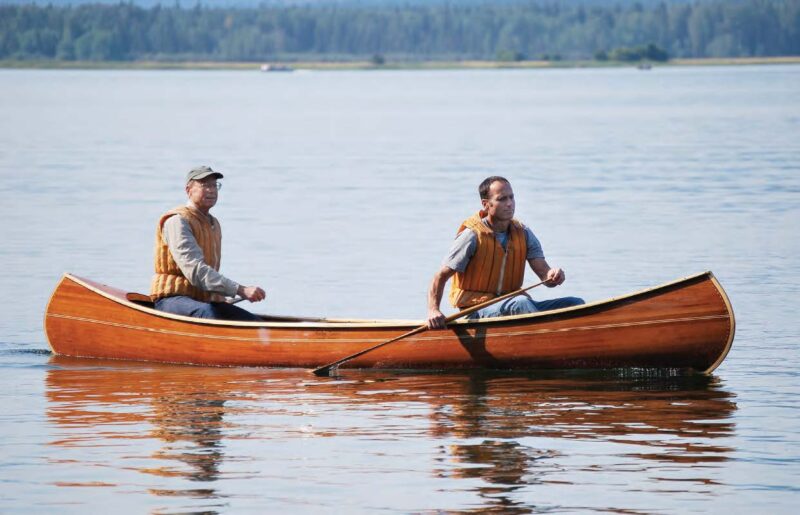 Dan Spurr
Dan SpurrIn the early 1970s, Greg Morley, left, decided to leave a career in forestry and park management to make a living building cedar-strip canoes. More than 40 years later, his son Steve, right, is continuing the family business, driven by his own passion for small boats.
One doesn’t usually think of Montana as a hotbed of boatbuilding…in any medium. And it’s not. But there are a few dedicated individuals designing and building small craft worthy of note. One of them, Jason Cajune’s Freestone drift boat, was featured in the 2008 edition of Small Boats. While most Montana waters aren’t deep, especially rivers such as the Yellowstone, Madison, and the Big Hole, they are reputed to stock trout at 5,000 a mile, which attracts fly fishermen from all over the world. A strong catch-and-release ethic keeps them coming back. In many ways, the drift boat is the ideal design for such pursuits, but hardly the only choice. For many, the canoe is a more versatile investment, not only capable of running rivers but also an extremely competent means of traversing lakes.
Designed and built by Morley Canoes in the north-west corner of the state, the cedar-strip-planked Guide is such a boat. Company literature touts it as a “tough working canoe” that is “well known for its wonderful reliability over so many water conditions,” capable of carrying “heavy loads with ease through churning rapids or across a windy lake.”
Morley Canoes was founded in 1972 by Greg and Anne Morley, who that year made a very conscious decision about their lives: to spend more time doing the things they loved, and high on the list was paddling lakes and rivers in canoes and kayaks of their own making. Unlike too many folks, they made good on their vow.
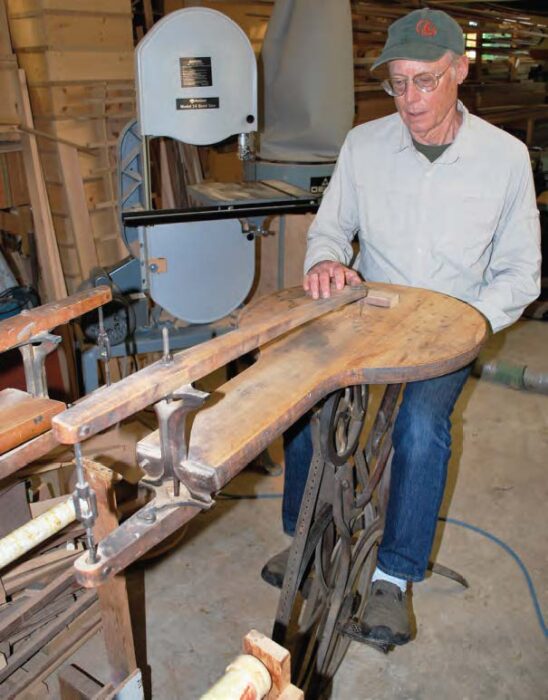 Dan Spurr
Dan SpurrGreg has collected two pedal-powered jigsaws built by Barnes of Rockford, Illinois, in 1876. He finds them ideal for cutting the fragile wood for inlays.
It’s not as if Greg had been mired in a corporate sweatshop. Armed with a degree in forestry from the University of Montana, he’d been a parks and recreation superintendent in Montana and Oregon, lastly acquiring land for a greenway along the Willamette River. A longtime woodworker, he began making canoes as a hobby. Then, after Anne asked him to build her a 16′ touring kayak so she could “get away,” he wondered if he could make a living at it. The answer, 42 years later, is: yes.
The Morleys moved to Corvallis, in Montana’s Bitterroot Valley, and a few years later headed north to the Swan River Valley, seeking more water on which to paddle. In the hamlet of Swan Lake they bought the old Silver Spur Bar and an acre of land, and set to work.
“The Department of Commerce wanted us to grow the business and hire employees,” Greg says, “but we weren’t interested in that. We wanted a comfortable living, but time to pursue the outdoor activities we enjoy. All of our children know how to run rapids and now, even our grandkids. Twelve-year-old Bryn does whitewater in her 12′ solo canoe.”
Bryn is the daughter of Steve Morley, Greg’s son who is taking over the business. On the day of my visit he was covering a canoe exterior with one of its two layers of 6-oz fiberglass cloth. “I grew up in this shop,” he says. “I got into sailing and windsurfing. And, of course, I built my own boats—with Dad’s help.” He also took to surfing and moved to Hawaii for 10 years, where he and his wife started their family. When it came to choosing the best place to raise their kids, they chose the “last best place”—Montana.
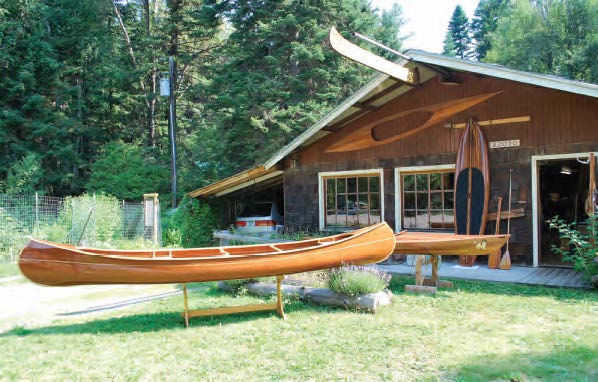 Dan Spurr
Dan SpurrThe shop is located on Highway 83 in Swan Lake, Montana, where boats parked out front on the lawn lure passersby. The Morleys build 15 or so boats per year.
The Guide was designed by Greg, who taught himself by assiduously studying the shapes of others and modifying them to suit his own taste. One learns a craft or art by first mimicking the masters, like Old Town and Chestnut. With canoes, the key elements are beam, rocker, stem profiles, and tumblehome—adjusted by on-the-water experience—wrestling with the age-old compromise: maneuverability versus tracking. Greg says WoodenBoat magazine has been an important educational aid, as well as the early Canoe magazine, in which particular designs and their performance were well covered.
The Guide is available in lengths from 15′ to 18′. It’s a general-purpose design, capable of carrying supplies for a week of camping on a river, and it can handle waters from riffles to rapids. Standard rocker is 1″, although depending on how the customer plans to use the boat, Steve can easily add another inch of rocker. A symmetrical hull, it has a bit of flare forward to deflect spray, transitioning aft to modest tumblehome for easy paddling.
In the early days of the business, Greg made all the boats the same; today, he says that won’t satisfy many customers. By necessity, each one is custom, and that’s okay by him. Adjustments include weight, keel, depth, bow height, bow shape, square stern, optional sail thwart, and thwart placements. One can even specify an inlaid design, and he has received orders for some odd ones—from the likenesses of dogs to a buzzard smoking a cigar. Trout, loons, and swans are popular images. Customers, who have come from as far afield as Germany and New Zealand, send old photos and say, “Make it like this.” Inlays are drafted and routed on the cedar before construction, since routing on compound surfaces is too tricky. The inlay wood is about 1⁄10″ thick and glued in place.
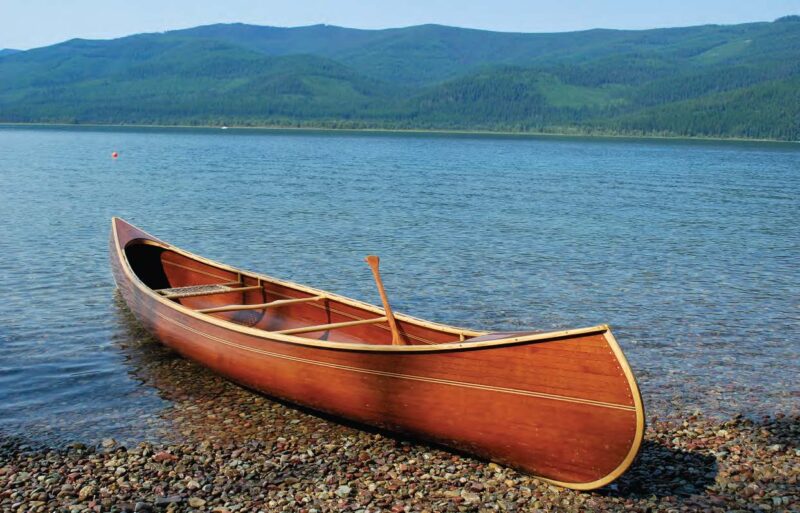 Dan Spurr
Dan SpurrThe Guide is the Morley’s most popular model, designed for good all-around performance on both flat and rough water. As with all of their boats, it can be customized to individual preferences in both shape and trim.
Particulars:
LOA 16′
Beam 35″
Weight 60-65 lbs
Capacity 900 lbs
Construction of the Guide is a proven system that has evolved with Greg. In any of the four lengths, these canoes are built on a strongback that’s stored in the back of the shop. It’s on wheels, so when a new boat is begun, it’s rolled into position in the center of the shop where there’s room to swing a brush and a drill driver, if not a cat. Forms are attached into 1⁄2″ slots cut into the strongback. It’s set up so any of the models can be built on the same strongback, using the right frames in the right slots.
Strips of western red cedar purchased from a supplier in Washington State are cut from 2×4s and 2×6s on a bandsaw with a powerfeed. Measuring 1⁄4″ thick and 7⁄8″ wide, the strips have a bead routed into one edge and a cove in the other for a snug edge-to-edge fit. They’re edge-glued to each other and temporarily glued to the molds with thermoplastic glue, supplemented by big rubber bands until the glue cures. When the two layers of exterior cloth are bonded to the strips, the cloth is invisible and the shape is locked in and becomes extremely rigid. After the hull is turned over, the molds are removed and the interior is faired, after which the interior is sheathed with one layer of 6-oz fiberglass cloth set in epoxy.
The rails are trimmed with hardwood, which could be oak, ash, cherry, or whatever the customer prefers. Thwarts, foot braces, and woven rawhide seats are added with bronze fastenings.
Steve Morley had no difficulty shouldering the 70-lb 17-footer across the road and down to the Swan Lake shore. We took turns paddling. (The Morleys make their own light and beautiful cedar paddles.) I paddled along the lakeshore, sitting on the aft seat for a time, and then at Greg’s and Steve’s suggestion, kneeling just forward of it for better trim. In either position the boat felt light and easily driven; the far side of the lake didn’t seem too much of a distance to go. Tracking and turning so nicely, one doesn’t want to quit…just keep the rhythm, just keep on paddling.
Morley Canoes, 22030 Highway 83, Swan Lake, MT 59911; www.morleycanoes.com.
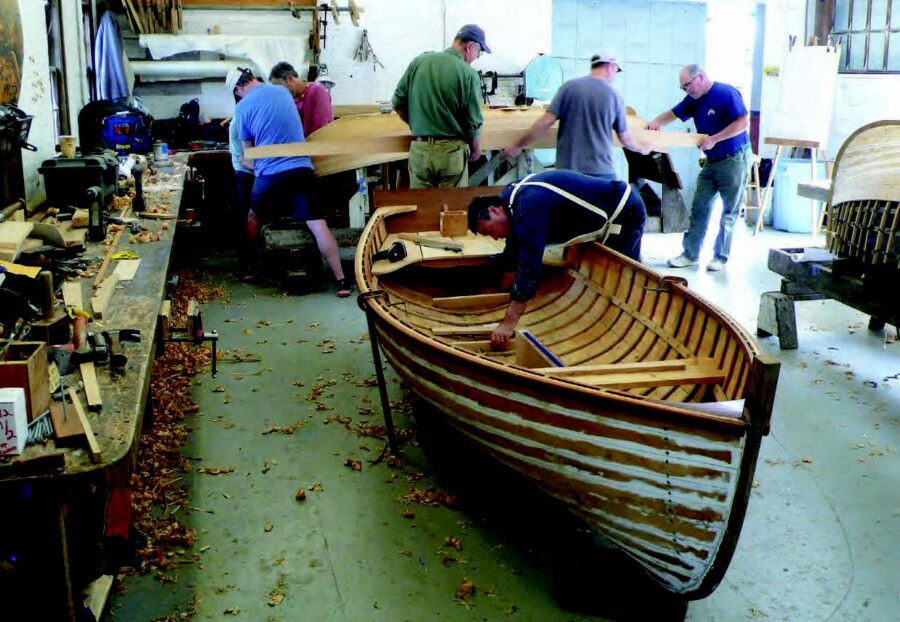
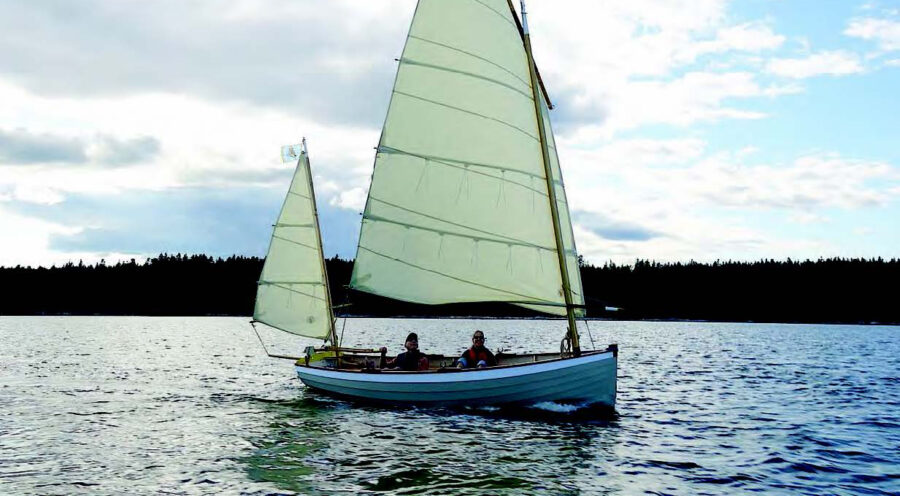
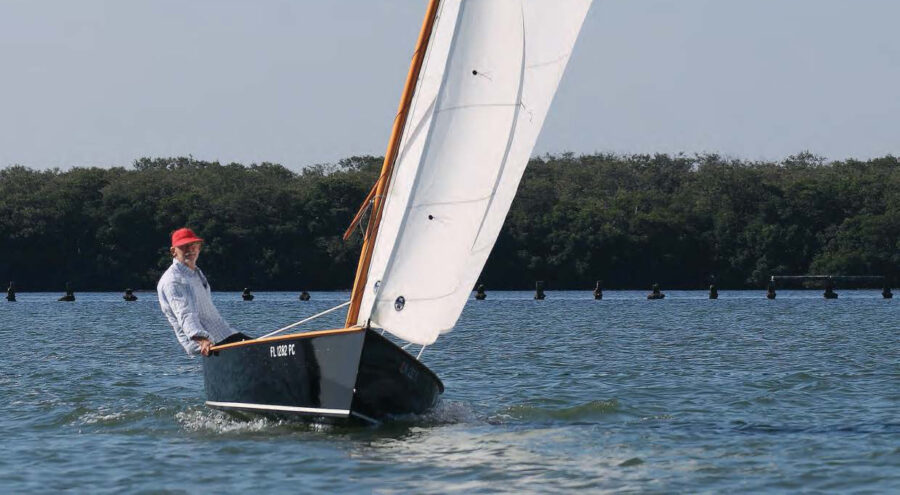
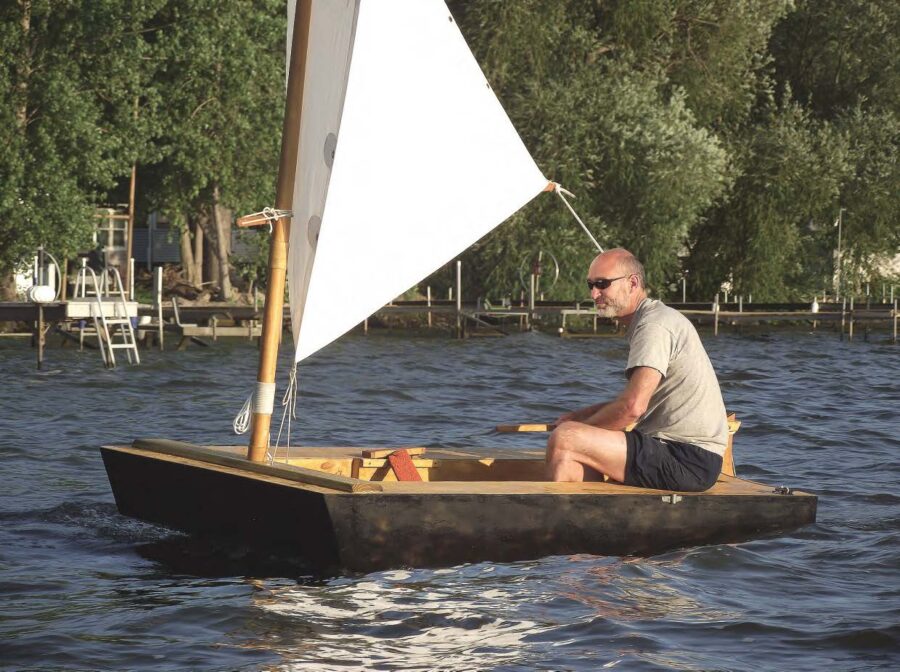
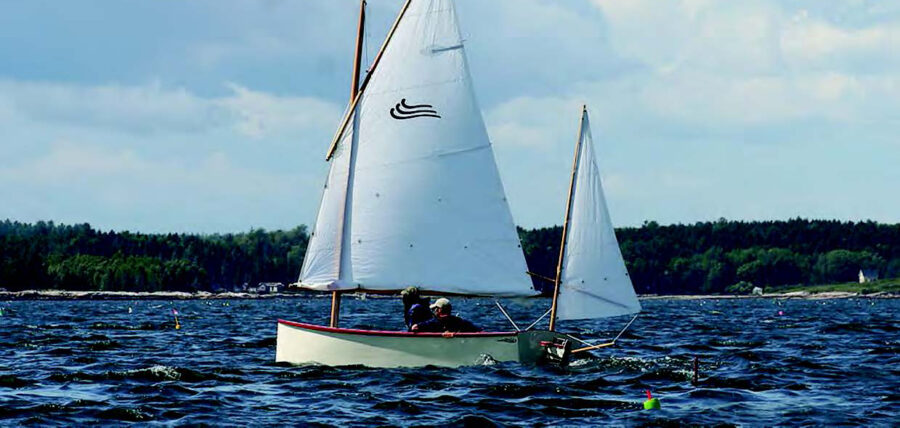
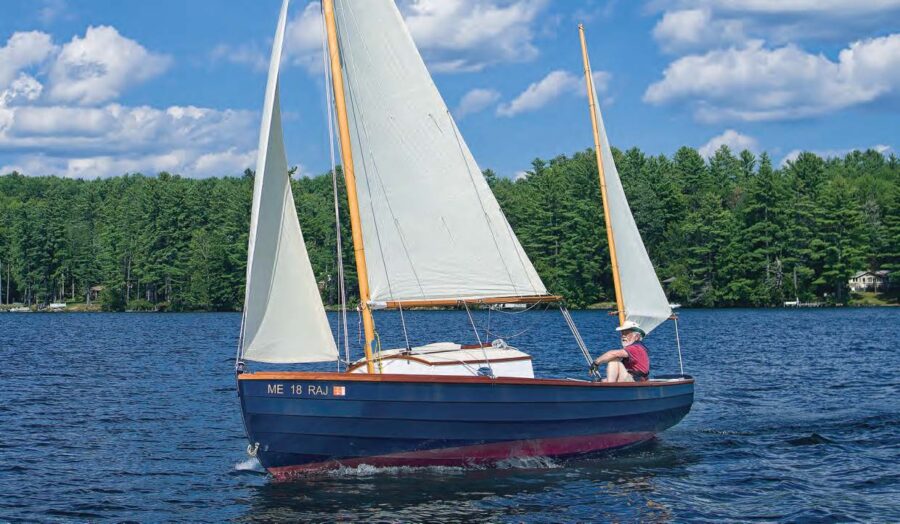
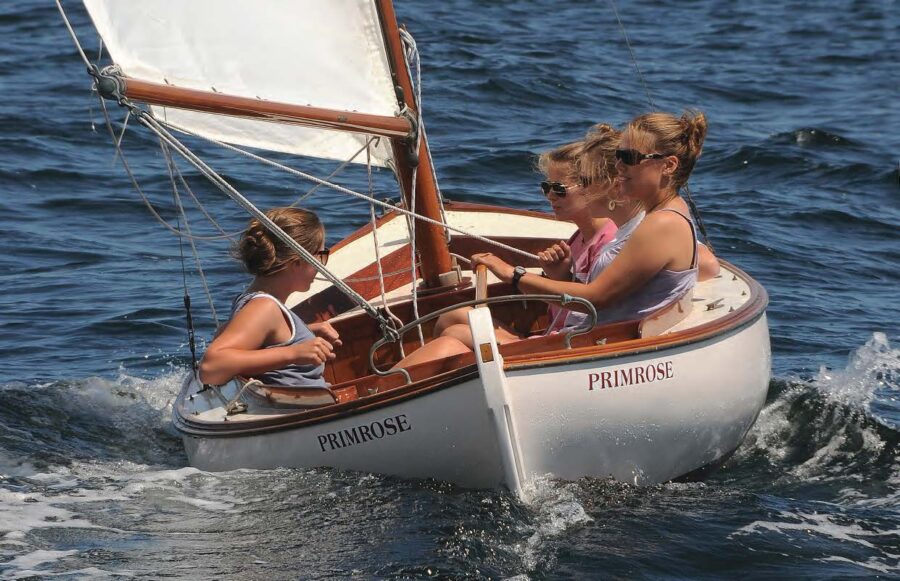
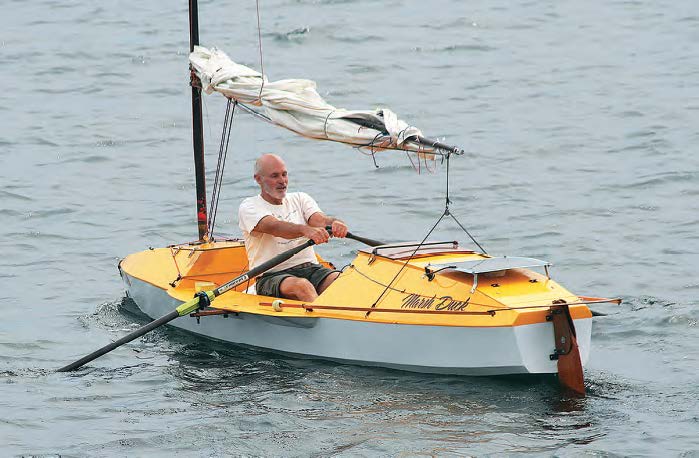
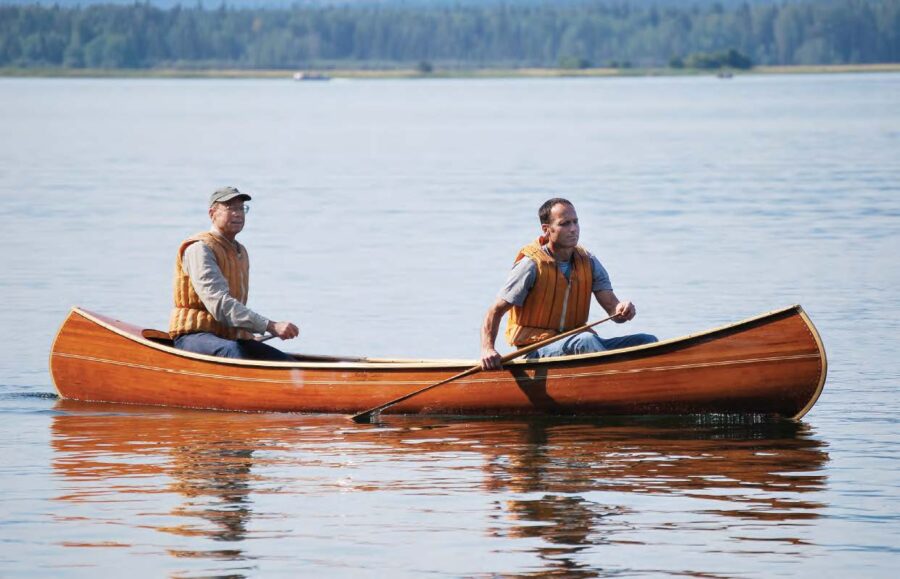
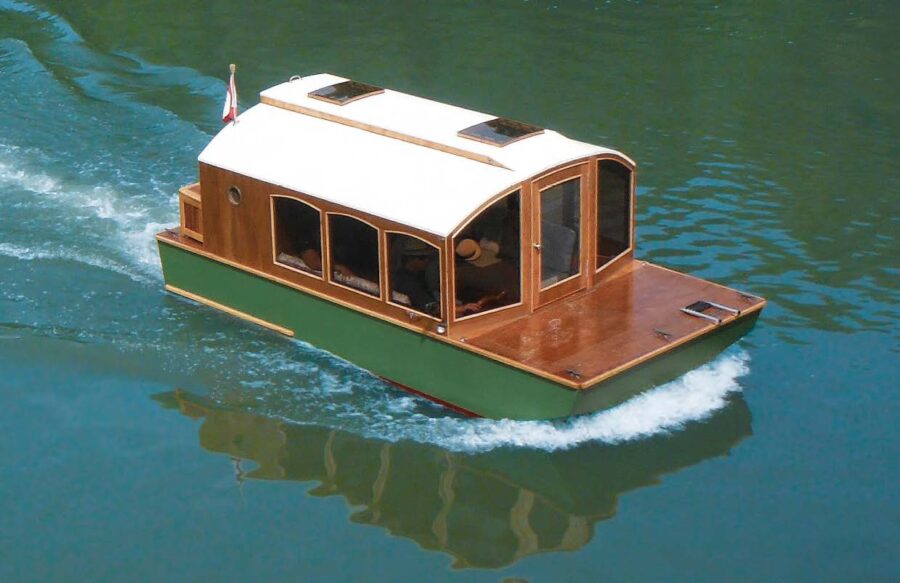
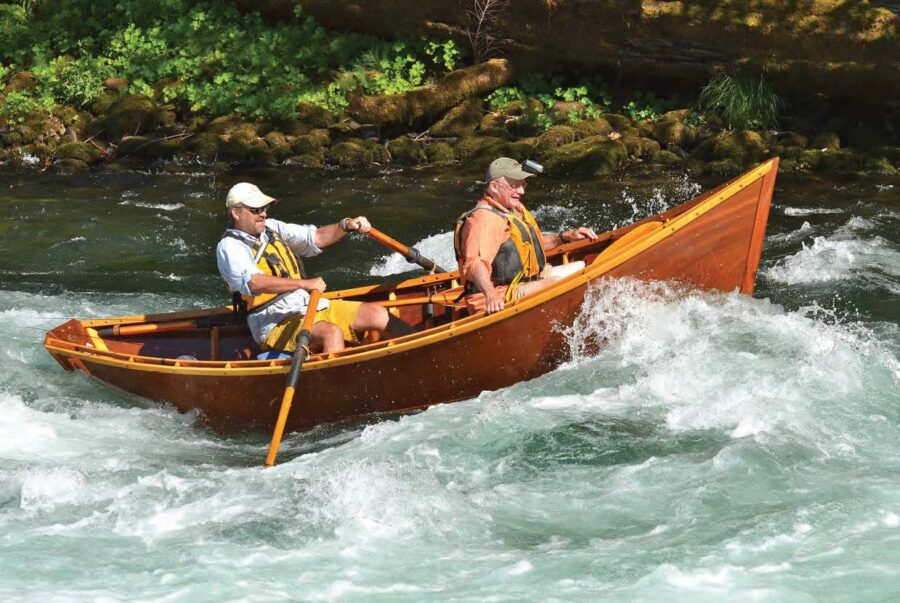
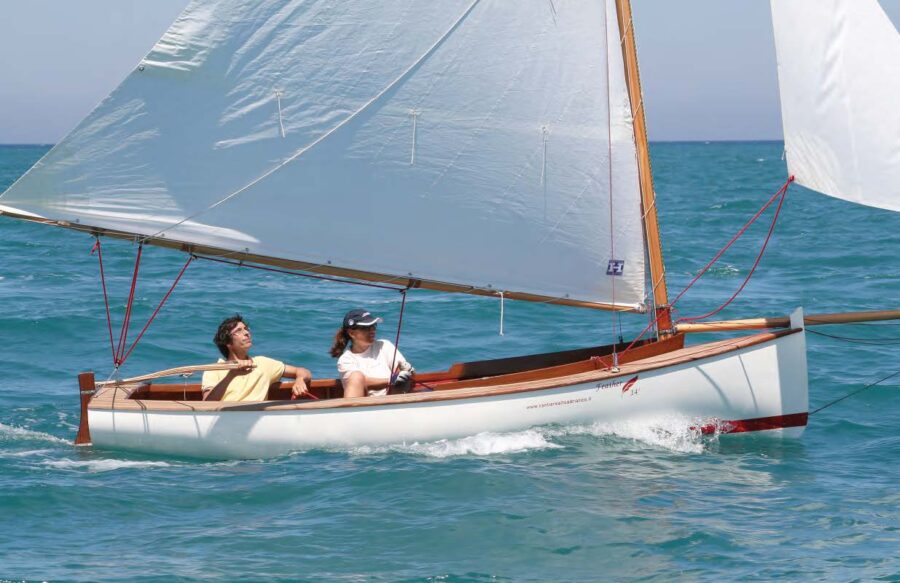
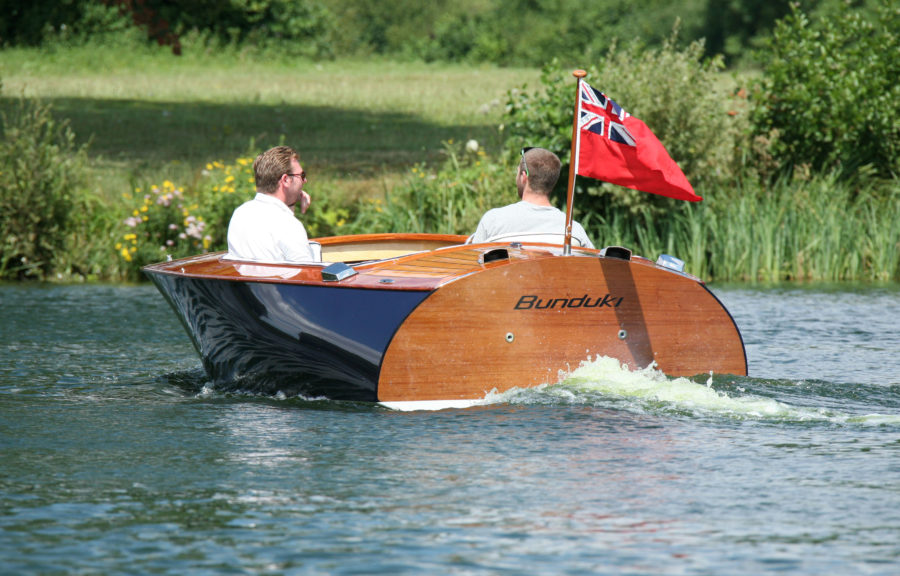
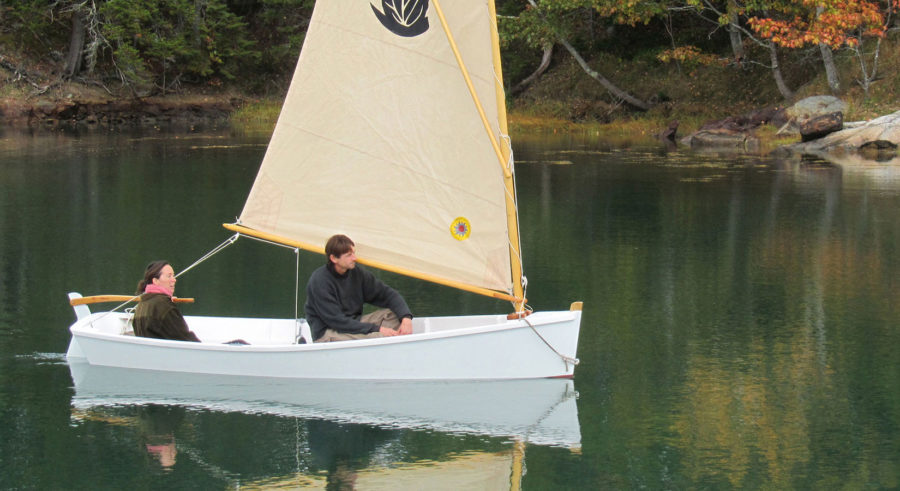
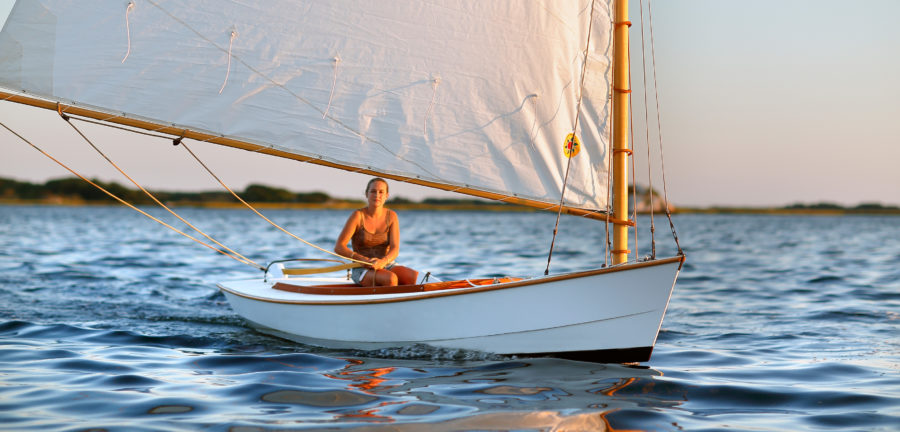
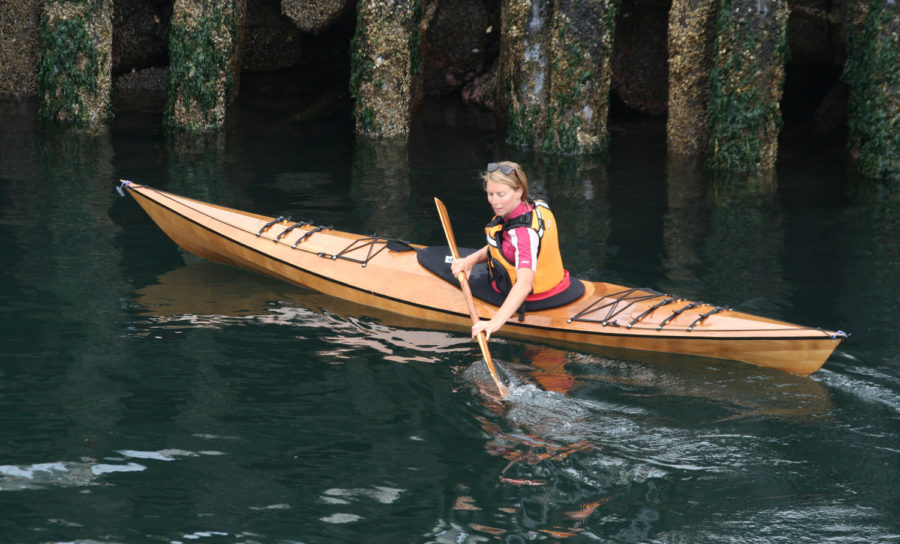
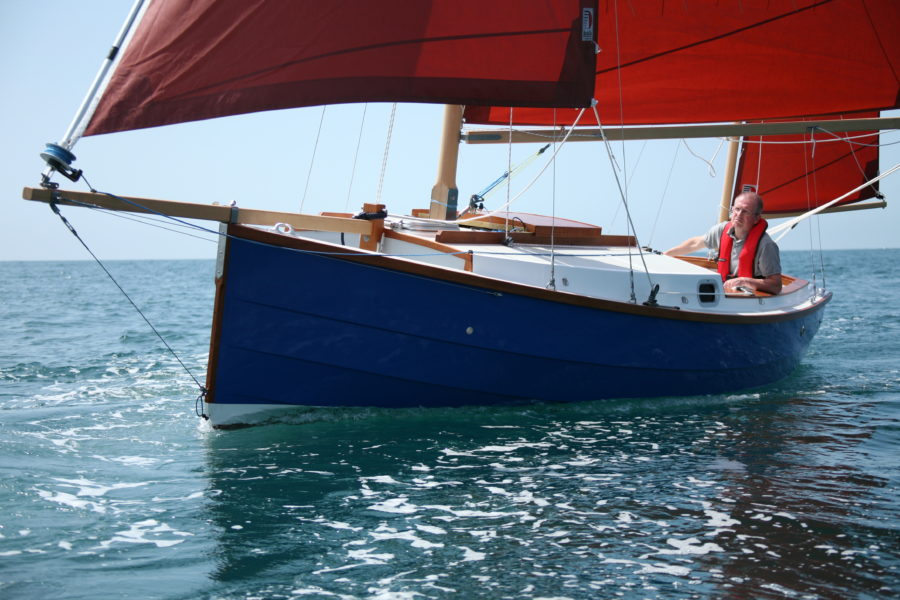
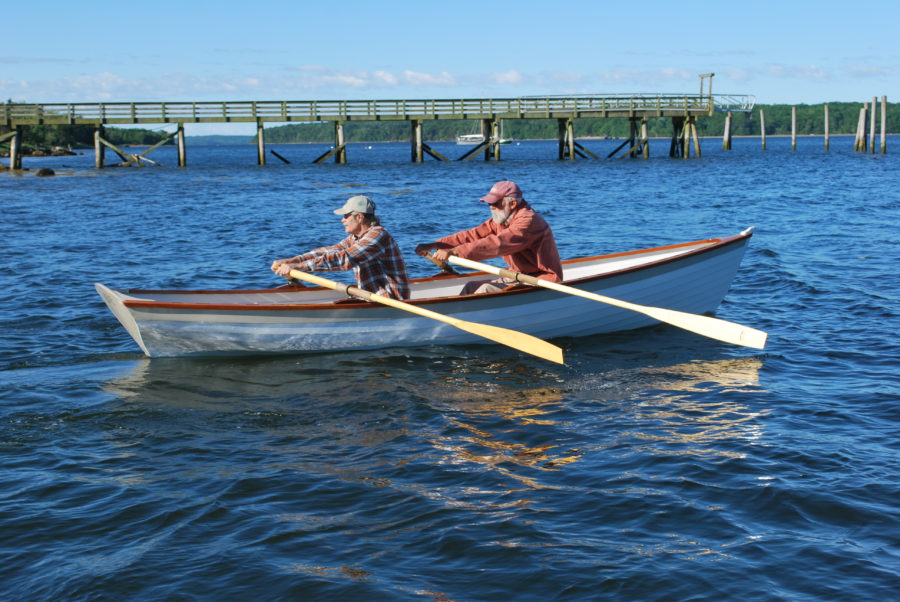
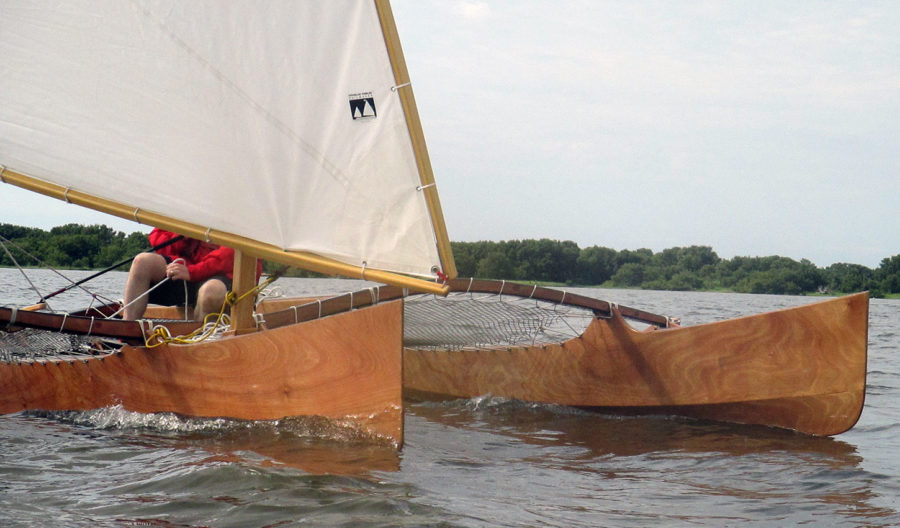
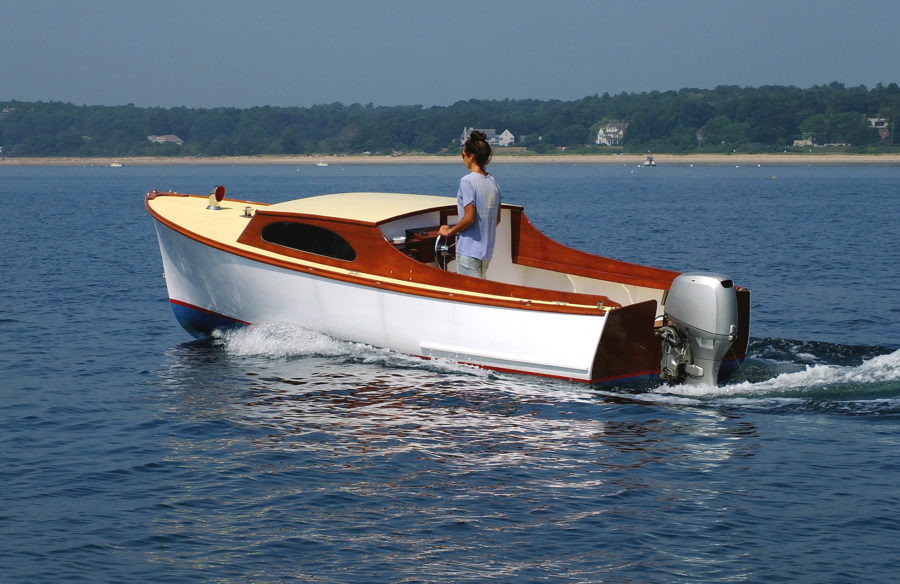
Join The Conversation
We welcome your comments about this article. If you’d like to include a photo or a video with your comment, please email the file or link.